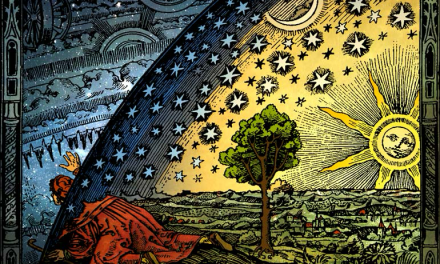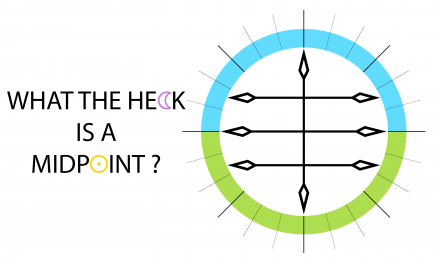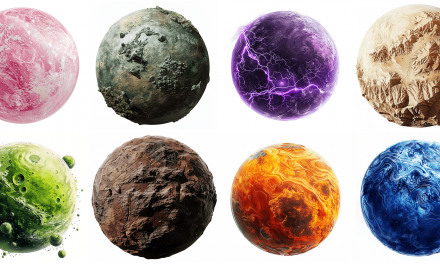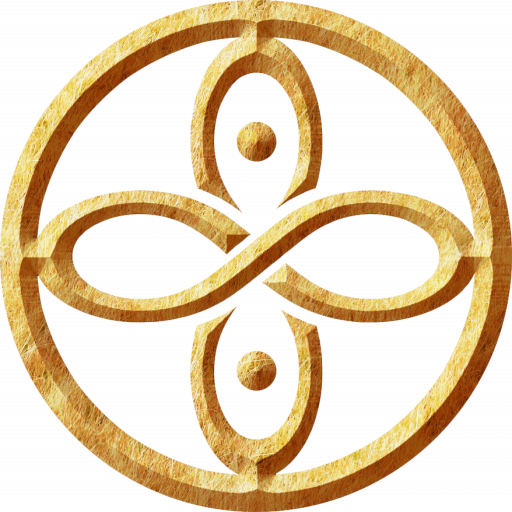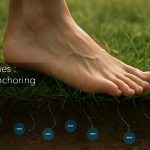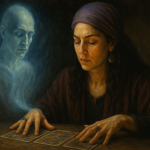Among all the questions my clients ask after reading the analysis of their birth chart, the one that comes up the most often is: “These aspects (the bad ones, always)—can something be done to avoid them? Or, since they’re written in the chart, will they follow me all my life?” Well no, astrology isn’t here to reveal what curse is hanging over your head 😊 And the next chart is going to prove that to you!
To do so, let me show you the chart of an artist by the name of Pablo Diego José Francisco de Paula Juan Nepomuceno María de los Remedios Cipriano de la Santísima Trinidad Mártir Patricio Ruiz y Picasso—better known (mercifully!) as Pablo Picasso 😉
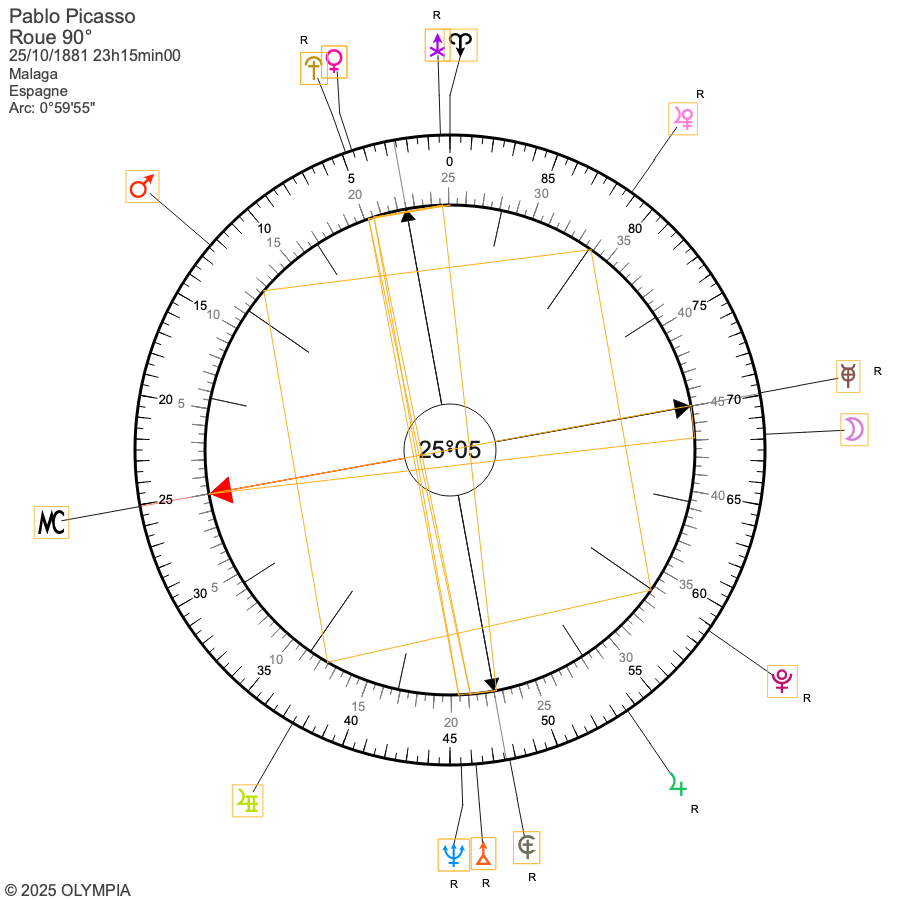
This article isn’t meant to explain Cubism or Surrealism in astrology, nor to present a lecture on Picasso. It’s simply to show how a seemingly negative planet can actually bring something positive. And what do we see at first glance? That his Midheaven < (the most important part of a chart—the element that defines the individual in their most personal, intimate essence) lands on the dreaded planet Hades b! This planet is loathed by most Uranian astrologers for its grim meanings: ugliness, filth, poverty, illness, sadness, melancholy… nothing escapes the planet of the dead. Was this somber Picasso born under a bad star? Especially considering that on the opposite axis to the Midheaven < lies Admetos f, which speaks of stillness, withdrawal, and isolation—but also of raw material! Combine Hades b and Admetos f and you get a sign of poverty!
And yet, it would be a mistake to judge our friend Pablo too quickly! Indeed, Pablo Picasso was born into a poor family marked by illness and grief. The death of his older sister even led him to withdraw inward and devote himself exclusively to his art (Admetos f, again). But facing this dreadful Hades b lies a fascinating midpoint that would make Picasso unique in the world: the Venus P/c Zeus midpoint, a point frequently activated in great artists’ charts. Venus P symbolizes beauty, Zeus c symbolizes production. The Midheaven < (the individual, in this case) would thus produce beauty: art! And what would be Picasso’s first signature period? His “blue period.”
This period began after the suicide (Hades b and Admetos f) of his artist friend (Venus P/c Zeus) Carlos Casagemas. And during this uniquely hued period (who doesn’t know the expression “to have the blues,” referring to melancholy or sadness), Picasso focused intensely on painting the poor, the beggars, the sick, the blind—striving to depict old age, death, and the melancholy associated with Hades b!
So we see that this often-despised planet wasn’t simply a curse—it became the hallmark and the catalyst for the fame of a painter who began in poverty and ended up being the richest painter of his time and one of the most highly valued artists in the world! Was this visible in his chart? Absolutely!
First, note that Venus P and Zeus c—the signature of Picasso’s artistic practice—are located near Kronos d and the Aries Point A. The former speaks of greatness and authority, and the latter of global reach and public exposure. Together, they point to a connection with the world on a grand scale, an impact on a very broad audience. Then, in his chart, we find a magnificent square formed by Mars Q (action or gesture), Apollon e (success, publicity, specialization), Pluto V (evolution, growth, transformation), and Cupido a (society, arts, culture). This square indicates first and foremost that his gestures (Mars Q) would gain success through talent and precision (Apollon e) and would contribute to transforming (Pluto V) art and culture within society (Cupido a).
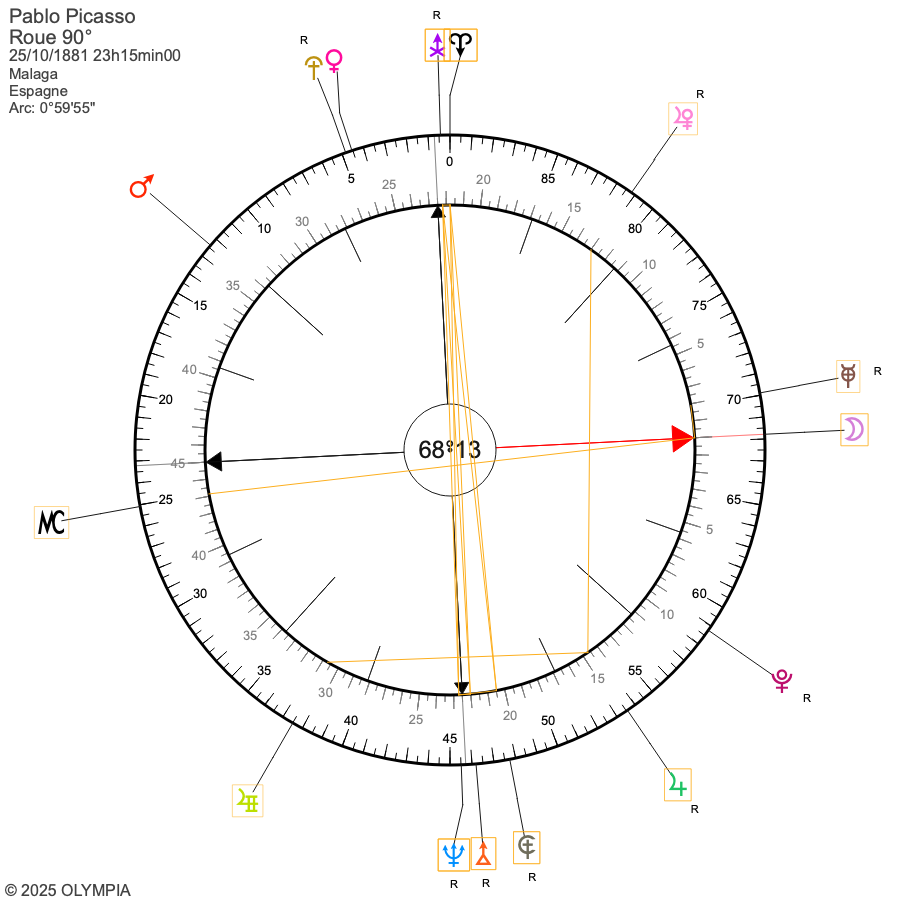
We also notice that the Moon Y (popularity) falls on Vulcanus g (power—Vulcanus g amplifies whatever it touches), at the midpoint of Jupiter R/e Apollon (a point of great success), and again touches Zeus c at the top of the chart (productivity), near the Aries Point A (the world). Vulcanus g, conjunct Neptune U (inspiration), would give the latter all the strength it needed to express itself through the art of the once-poor Picasso 😉


